Kikuyu
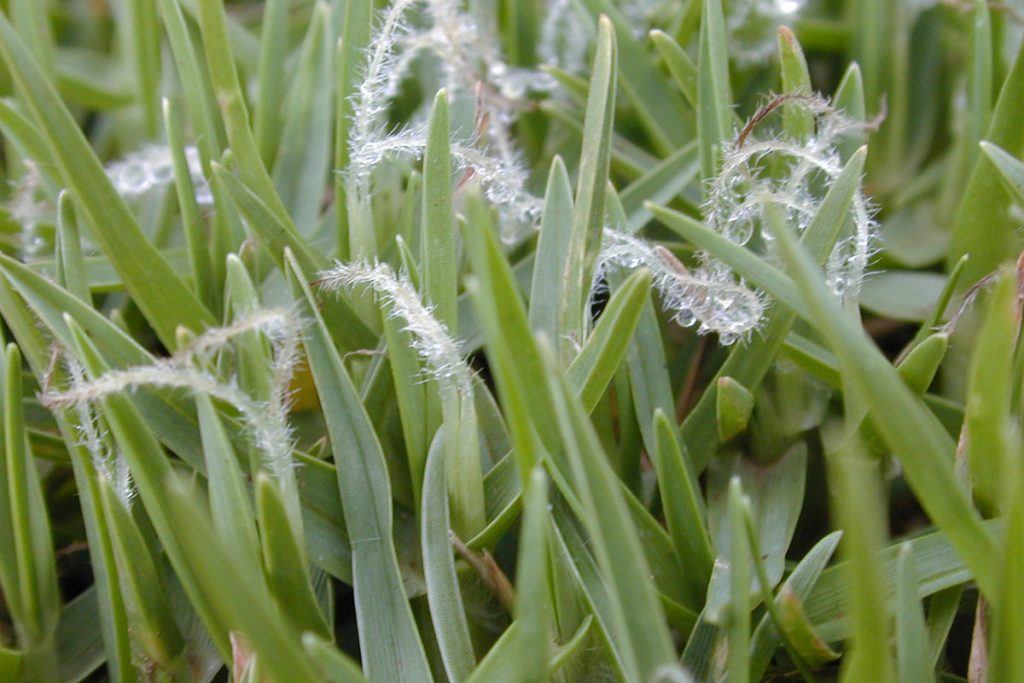
The common name for this grass is Kikuyu and it originated in East Africa. It is favoured as a lawn grass. Take care that the nursery is selling the female grass seedlings that do not produce pollen. Like bermuda grass, kikuyu grass allergy must be tested for separately.
Buffalo grass
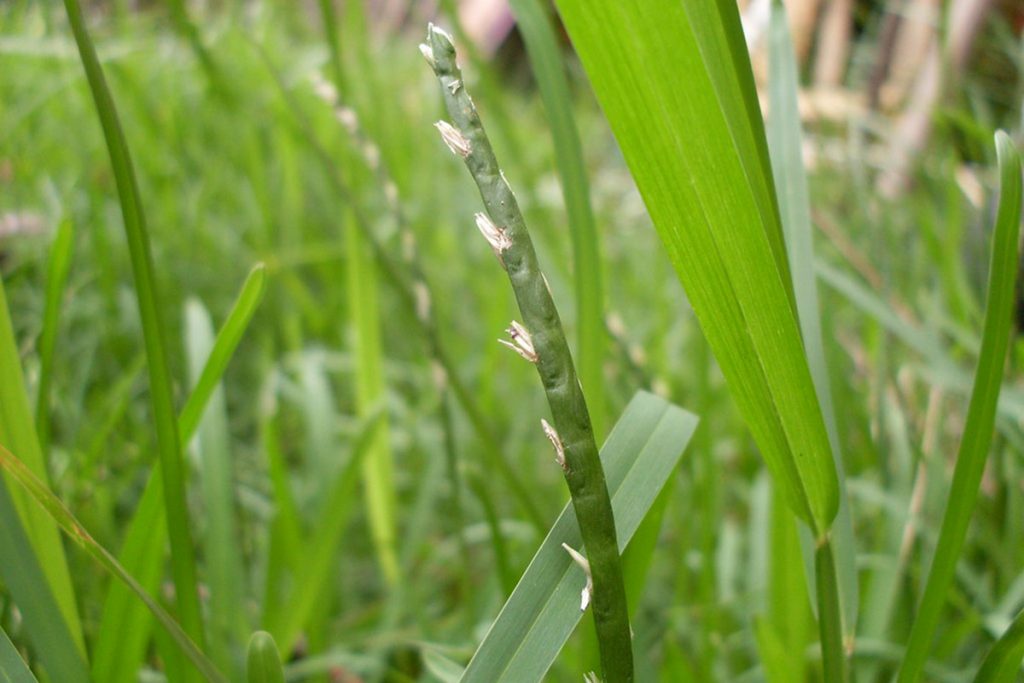
This indigenous African grass is known as buffalo grass and is a coastal grass. It may be seen in the Cape, especially along the east coast and on the Otter Trail between Knysna and Nature’s Valley.
Bermuda grass
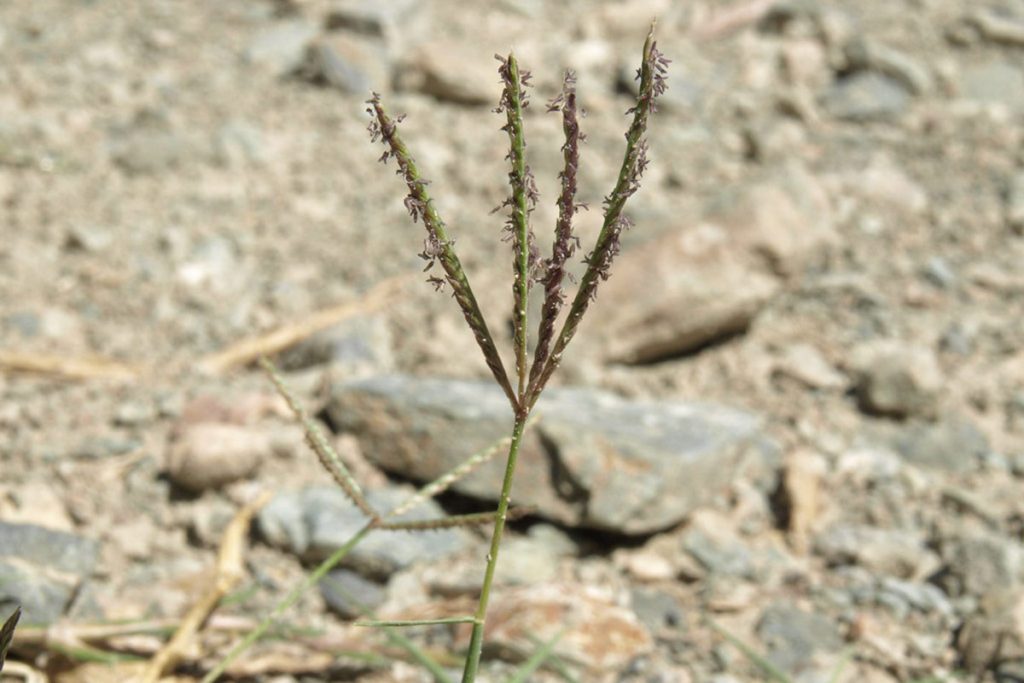
Bermuda grass must be tested separately when patients undergo grass sensitivity tests because it does not cross-react as most other grasses do. It grows most happily in sandy soil and releases most pollen in late summer but it may be seen throughout the year.
Thatching grass
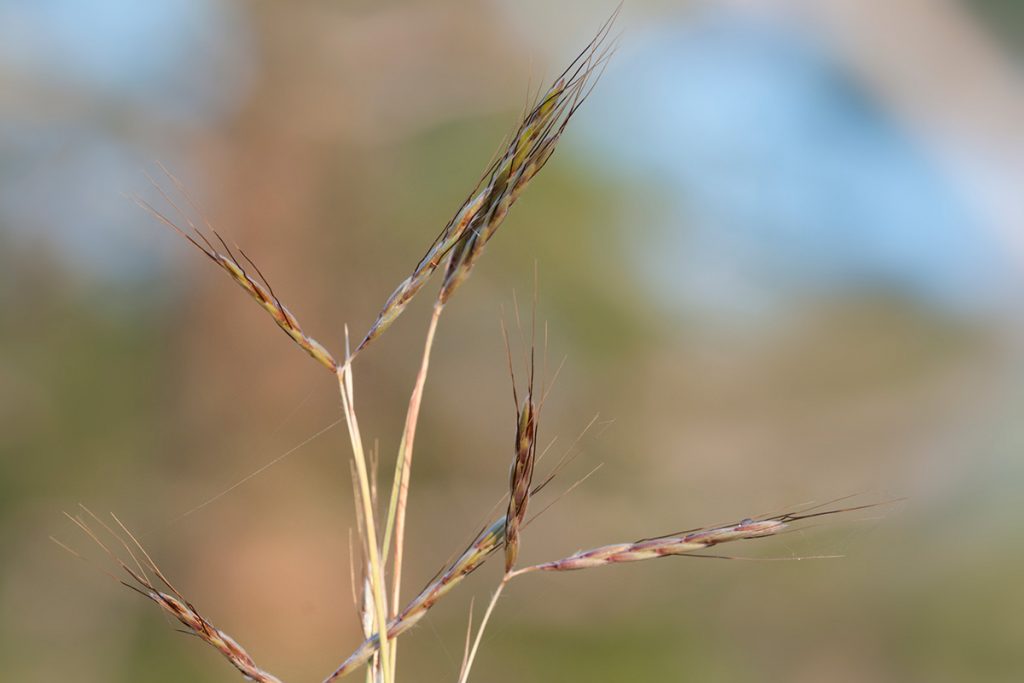
Thatching grass is very tall and widespread in South Africa, but is mostly found in the grassland areas of Gauteng and the Eastern Cape, and releases pollen from September to June.
Bunny tail grass
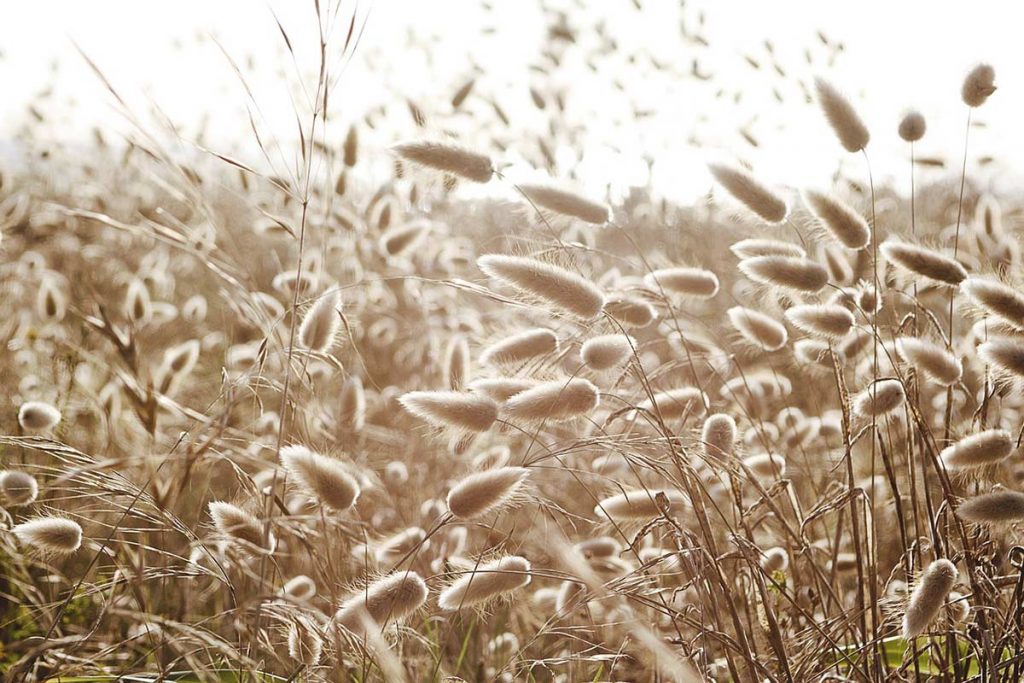
‘Bunny tail grass’ appears in September-October. It is found in sandy soil but is rarely seen in the heavier soil of the land close to the mountains in the Cape.
Wild oat grass
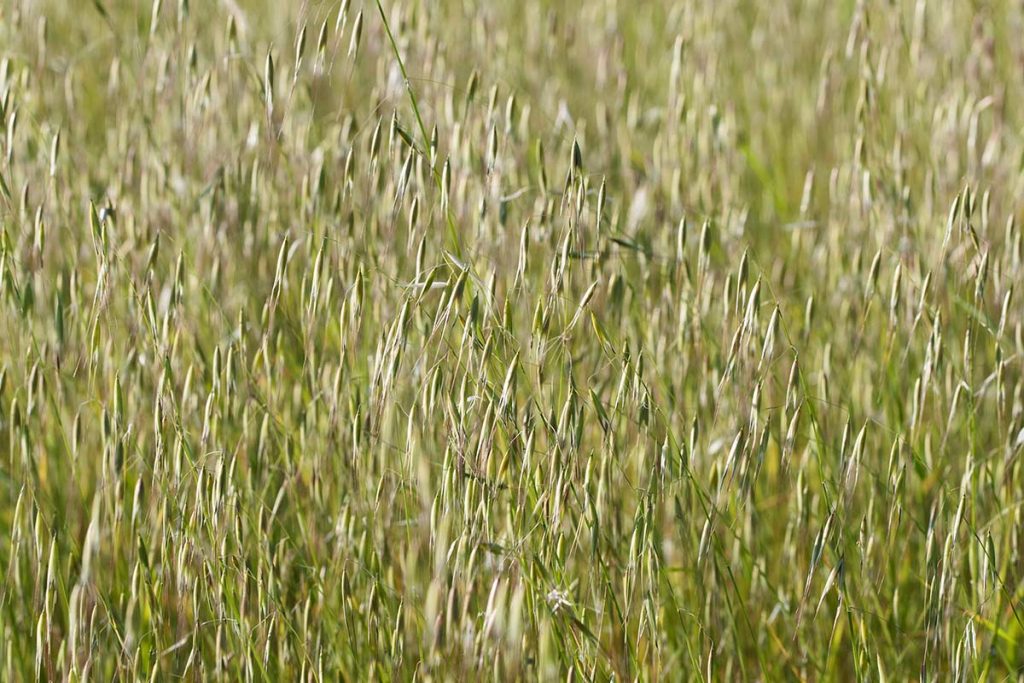
Wild oat grass appears in midwinter in some areas, but takes a few weeks to grow to its maximum height of 1-4 feet before it releases pollen. It produces long waving fronds from August.
Winter grass
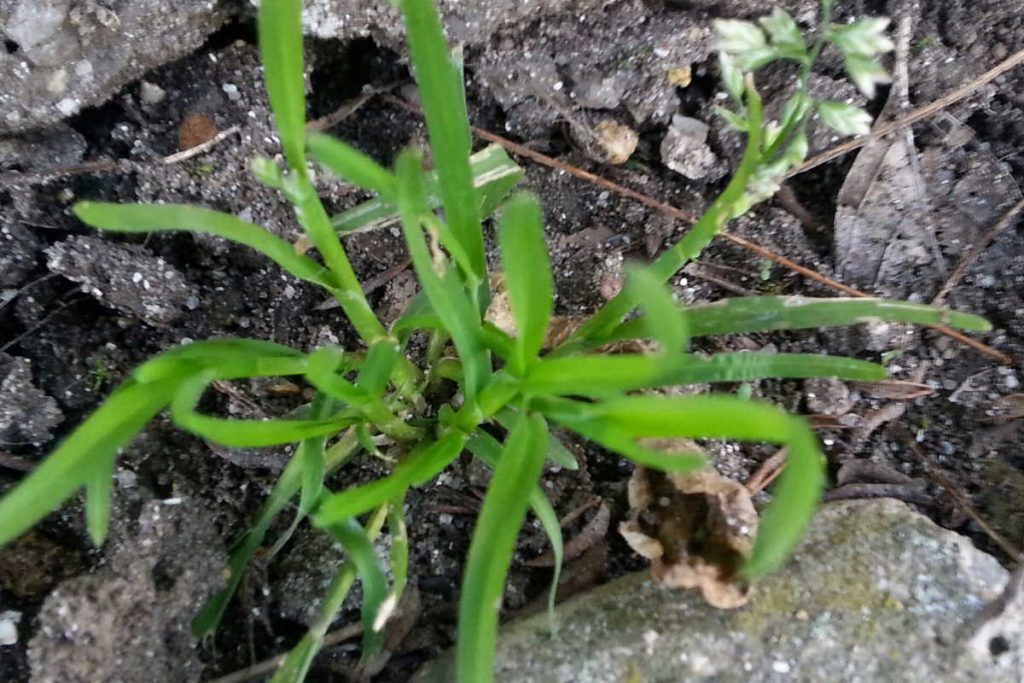
This tiny grass flowers in June in winter rainfall areas. It is related to Poa pratensis or Kentucky blue grass, and has characteristic crinkled ‘herring bone’ pattern on some of its leaves.
Ryegrass
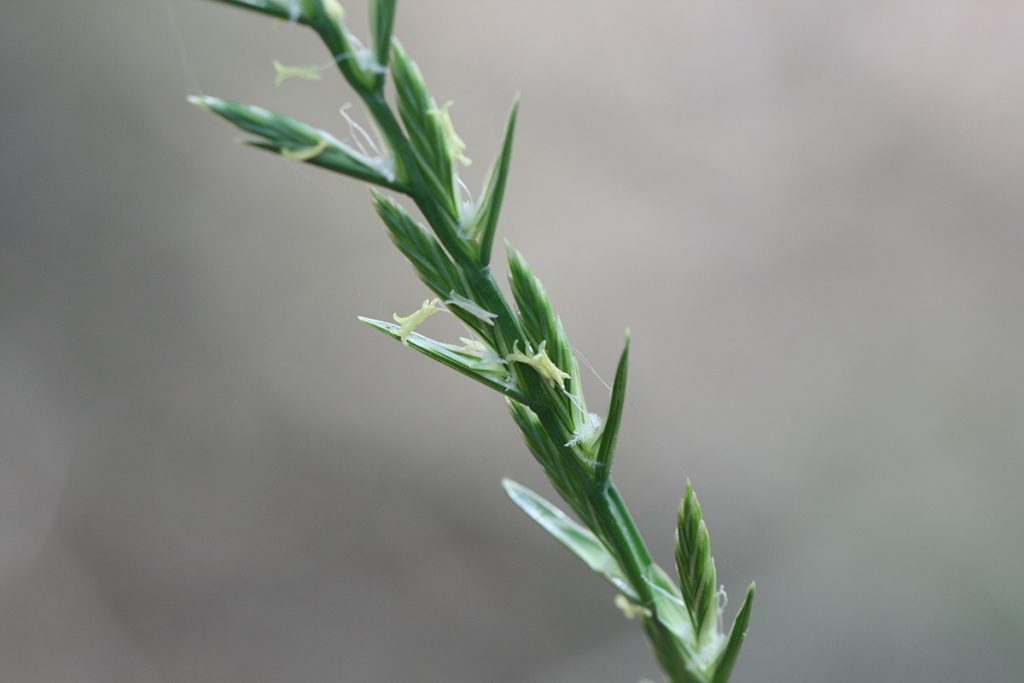
Ryegrass is considered to be extremely allergenic. It flowers in mid-season, from late September.







